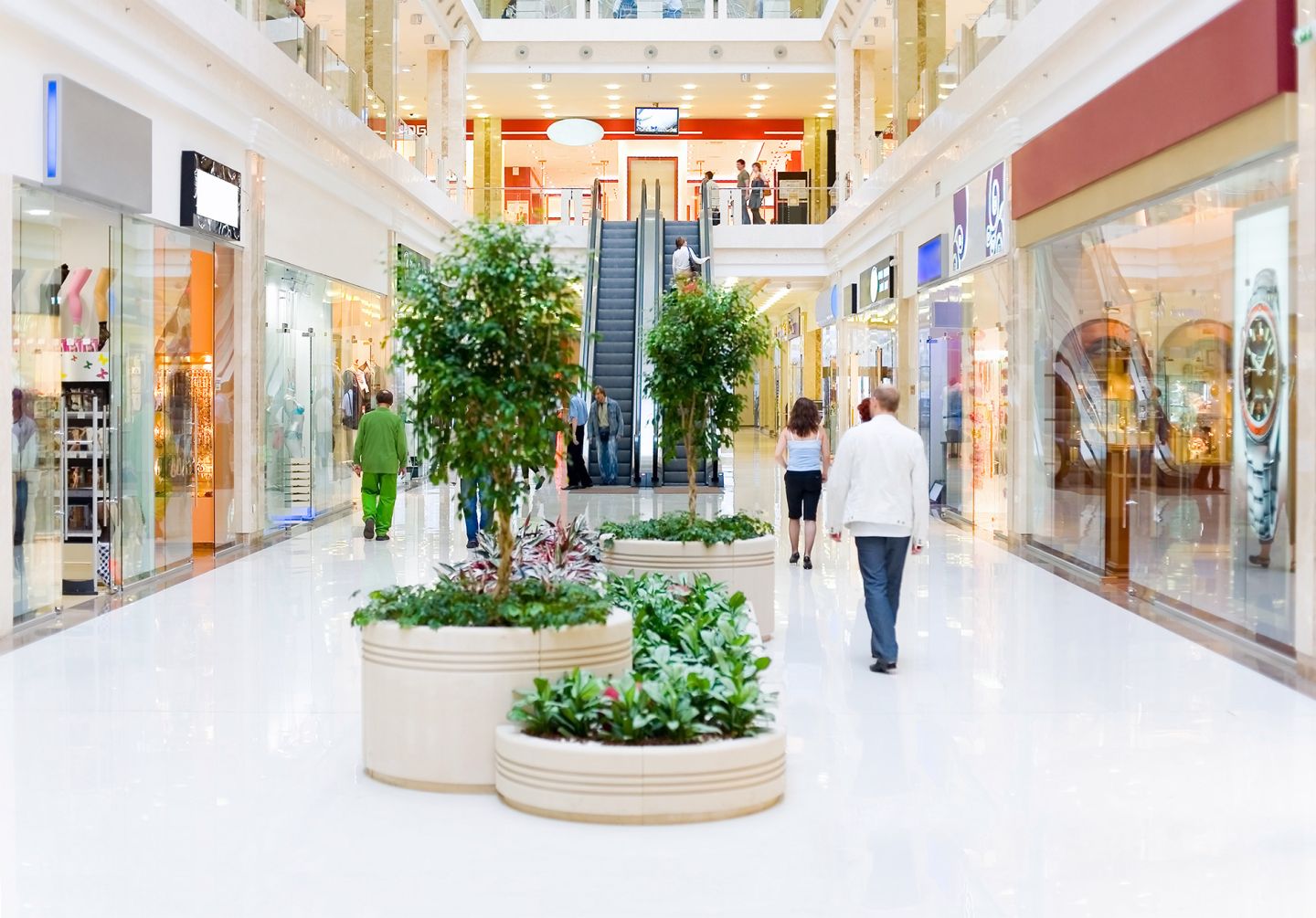The state of the shopping mall is in peril. Or is it?
As traditional mall retailers are seemingly closing their doors left and right, many malls must determine what to do with the rise in vacancies and how to attract tenants and shoppers.
The state of the mall.
More than 3,500 retail stores are expected to close in 2017, and another 25 to 30 percent of U.S. shopping malls are at risk of shuttering their doors, according to commercial real estate firm CoStar. Consumers are now flocking to off-price and discount brands for their shopping trips, leaving traditional mall anchors high and dry. To top it off, there has been a steep decline in new mall openings in recent years, with only a four percent increase in total mall locations in the past decade compared to the previous decade’s growth of 12 percent, according to the U.S. Census Bureau.
Considering a mall location?
All hope is not lost as malls are still a retail hot spot responsible for one-fifth of U.S. retail sales, according to Green Street Advisors.
If a mall location looks like prime real estate for your business, don’t be deterred. There is still revenue to be had from a shopping mall site if you know where to look. This is true for retailers across the board as major metropolitan areas are constructing new malls to meet demand and small suburban and rural communities seek to increase their tax base through redevelopment and retail revitalization.
"Most higher-end malls will continue to thrive with an approach that looks rather familiar. Many others will evolve to be quite different, but will remain far from hurting, much less dead. Others will be radically transformed to something with a vastly higher and better use," shares retail consultant Steve Dennis in a recent post outlining the facts behind the decline of the mall.
Suburban and rural malls have seen continued growth and success from many factors. Many of these markets where consumers previously had access to three or four shopping centers are now limited to just one location, and some have lost mall retail all together.
The “retail apocalypse” has helped to address potential over-saturation and market cannibalization issues that previously plagued many retailers, allowing the surviving malls and nearby retailers to thrive as the only option available for destination brick-and-mortar retail. In areas where retailers were unable to maintain a physical presence, malls have redeveloped to better suit the desires of their shoppers through more experiential retail. This has led to an influx in tenants like fitness centers, grocers, restaurants and others offering a reason for customers to stay and linger.
Malls in larger metropolitan areas have benefited from some of the same success as smaller markets, but are also capitalizing on diversifying square footage. This can be seen in places like Detroit with the retrofitting of mall space into commercial offices, Southern California with live/work spaces that help to solve a housing shortage, and many other regions across the country where retail service based businesses are filling mall vacancies.
Luxury and off-price retailers have also entered previously untapped mall markets, recognizing that the absence of middle-market anchor retailers like Macy’s, Sears, and Dillard’s gives them access to a wide base of consumers in a concentrated area. Pop-up stores and short term leases have also seen exponential growth in malls in the past year as more online retailers test markets with temporary stores.
There’s still opportunity in mall locations.
Retailers who are succeeding with mall sites have turned opportunity into revenue by knowing their base and reaching more of the right customers. A mall may not be the best retail site for everyone, but using customer analytics can help you uncover the preferences and shopping behavior of your best customers to determine where they fit in the shopping mall crowd and how to deliver the experience they are looking for.
Don’t leave your retail site selection to chance.
The power of customer analytics doesn’t stop with understanding how and where your customers shop. These insights can help you answer retail site selection questions like:
- Where should I grow in urban areas?
- Which rural markets will provide the greatest opportunity for growth?
- How do I reach more customers with targeted marketing around my existing retail sites?


